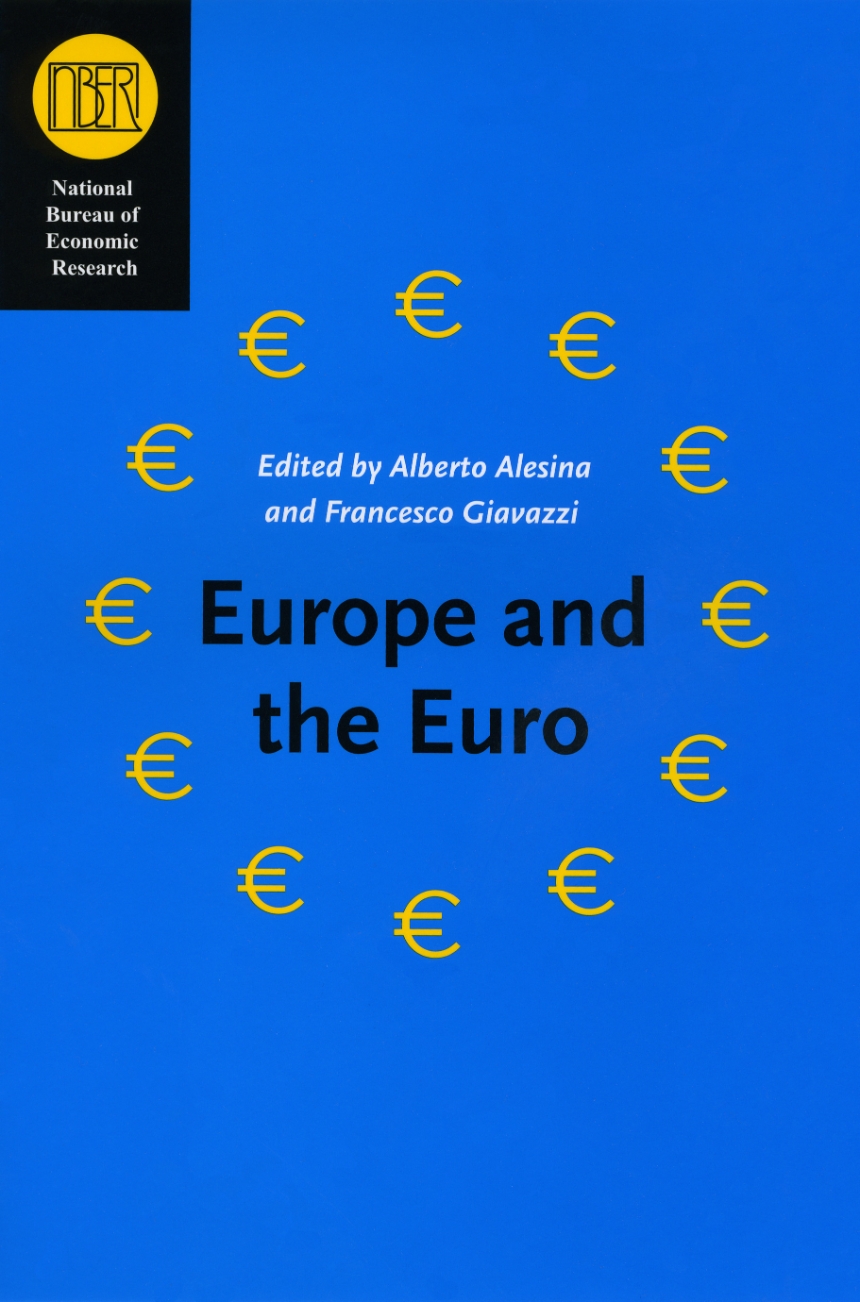Europe and the Euro
It is rare for countries to give up their currencies and thus their ability to influence such critical aspects of their economies as interest and exchange rates. Yet ten years ago a number of European countries did exactly that when they adopted the euro. Despite some dissent, there were a number of arguments in favor of this policy change: it would facilitate exchange of goods, money, and people by decreasing costs; it would increase trade; and it would enhance efficiency and competitiveness at the international level.
A decade is an ideal time frame over which to evaluate the success of the euro and whether it has lived up to expectations. To that aim, Europe and the Euro looks at a number of important issues, including the effects of the euro on reform of goods and labor markets; its influence on business cycles and trade among members; and whether the single currency has induced convergence or divergence in the economic performance of member countries. While adoption of the euro may not have met the expectations of its most optimistic proponents, the benefits have been many, and there is reason to believe that the euro is robust enough to survive recent economic shocks. This volume is an essential reference on the first ten years of the euro and the workings of a monetary union.
472 pages | 81 line drawings, 71 tables | 6 x 9 | © 2010
National Bureau of Economic Research Conference Report
Economics and Business: Economics--International and Comparative
Table of Contents
Acknowledgments ixIntroduction 1Alberto Alesina and Francesco Giavazzi1. The Breakup of the Euro Area 11Barry EichengreenComment: Martin Feldstein2. The Euro and Structural Reforms 57Alberto Alesina, Silvia Ardagna, and Vincenzo GalassoComment: Otmar Issing3. The Euro and Firm RestructurMatteo Bugamelli, Fabiano Schivardi, and Roberta ZizzaComment: Gianmarco I. P. Ottaviano4. Business Cycles in the Euro Area Domenico Giannone, Michele Lenza, and Lucrezia ReichlinComment: Tommaso Monacelli5. The Estimated Trade Effects of the Euro:Why Are They Below Those from HistoricalMonetary Unions among Smaller Countries? Jeffrey FrankelComment: Silvana Tenreyro6. A New Metric for Banking Integration in Europe Reint Gropp and Anil K KashyapComment: Loretta J. Mester7. Why the European Securities Market Is Not Fully Integrated Alberto GiovanniniComment: Richard Portes8. The Euro and Fiscal Policy Antonio Fatás and Ilian MihovComment: Roberto Perotti9. How Central Bankers See It: The First Decade of European Central Bank Policy and Beyond Stephen G. Cecchetti and Kermit L. SchoenholtzComment: Pervenche Berès10. Reevaluating Swedish Membership in the European Monetary Union: Evidence from an Estimated ModelUlf Söderström11. Euro Membership as a U.K. Monetary Policy Option: Results from a Structural ModelRiccardo DiCecio and Edward NelsonComment on Chapters 10 and 11: Carlo A. FaveroContributors Author Index Subject Index
